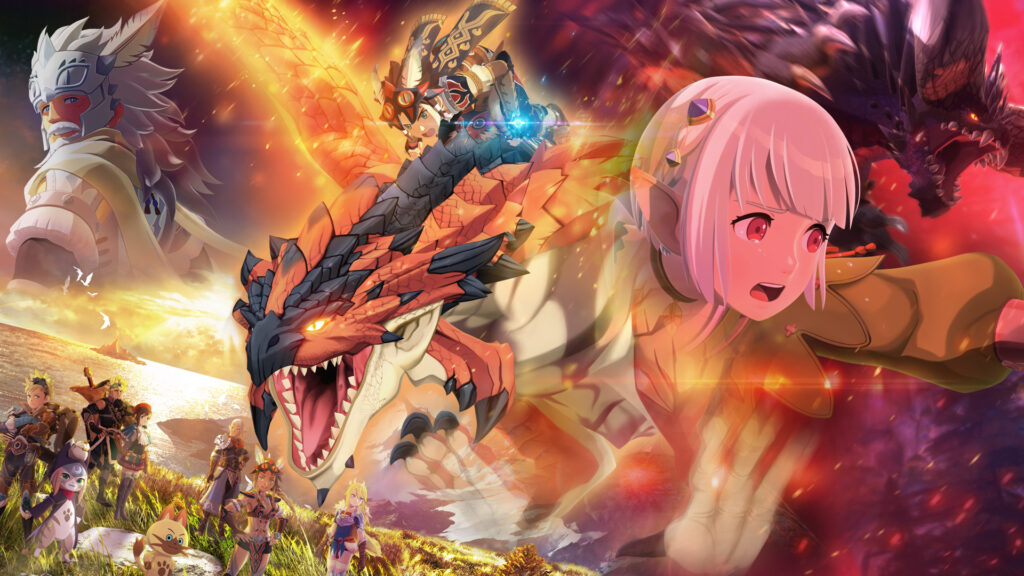
Monster Hunter Stories was a very late release for the Nintendo 3DS, at the tail end of its life-cycle. The Nintendo Switch was already out at the time, and when Capcom developed this unusual turn-based RPG spin-off of their venerable franchise, it pushed the hardware to its limit.
The 3DS was not ideal for the scope Capcom had in mind for a large scale RPG with enormous monsters to ride and battle. The portable struggled and strained like a constipated heroin addict; pushing its hardest to maintain a stable frame rate and a reasonable draw distance for the ambitious vision of the kind of monster catching game that Pokemon fans could only dream of.
Why wasn’t this on more capable hardware? While Monster Hunter Stories ultimately was doomed to obscurity, a sequel on Switch could potentially deliver upon the initial promise. The franchise has been enjoying a renaissance of success with Monster Hunter Rise and World; this would make Monster Hunter Stories 2: Wings of Ruin thoughtfully timed over its predecessor.
Monster Hunter Stories 2: Wings of Ruin
Developer: Capcom
Publisher: Capcom
Platforms: Windows PC, Nintendo Switch (reviewed)
Release Date: July 9th, 2021
Players: 1 (online 1-4)
Price: $59.99 USD
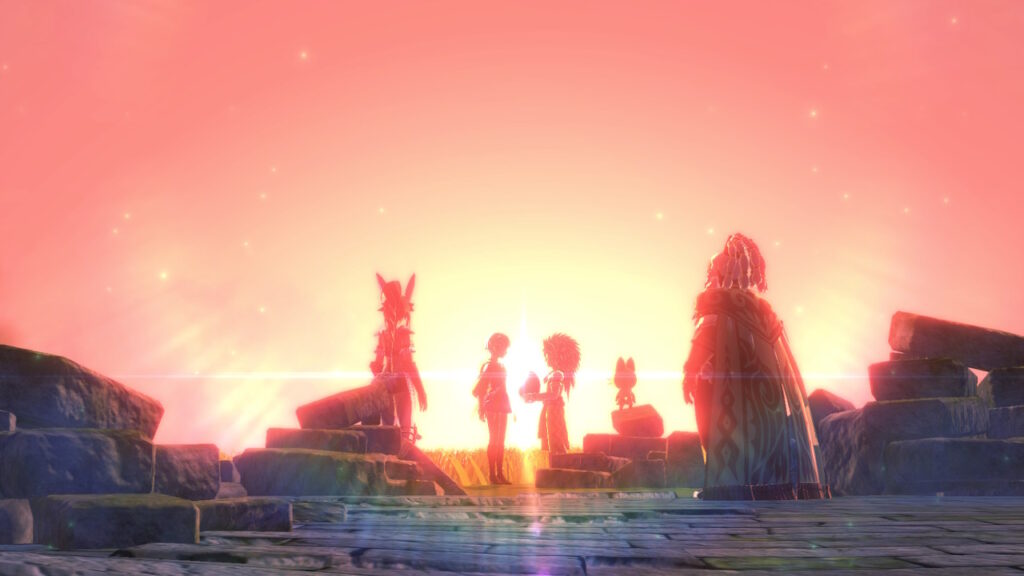
Monster Hunter Stories 2: Wings of Ruin mostly delivers on its promises of being an epic RPG with many sights and grand battles. Players will find themselves trekking across a vast world, teeming with the franchise’s signature wildlife and flora, as the cast of characters grow and the story develops.
The narrative follows a simple but effective structure that abides by the classic The Hero with a Thousand Faces formula, and sticks to the hero’s journey template. What makes Wings of Ruin engaging is how much flair and personality the boys at Capcom infuse into the story, and the attention given to making the characters feel believable.
The protagonist is a player created character who happens to be a descendant of the legendary monster rider, Red. He didn’t ride just any monster; his mount was Ratha, a fearsome Rathalos and was a gifted monster whisperer. Time has passed on and so had Red, but his Rathalos remained a guardian of Hakolo Island.
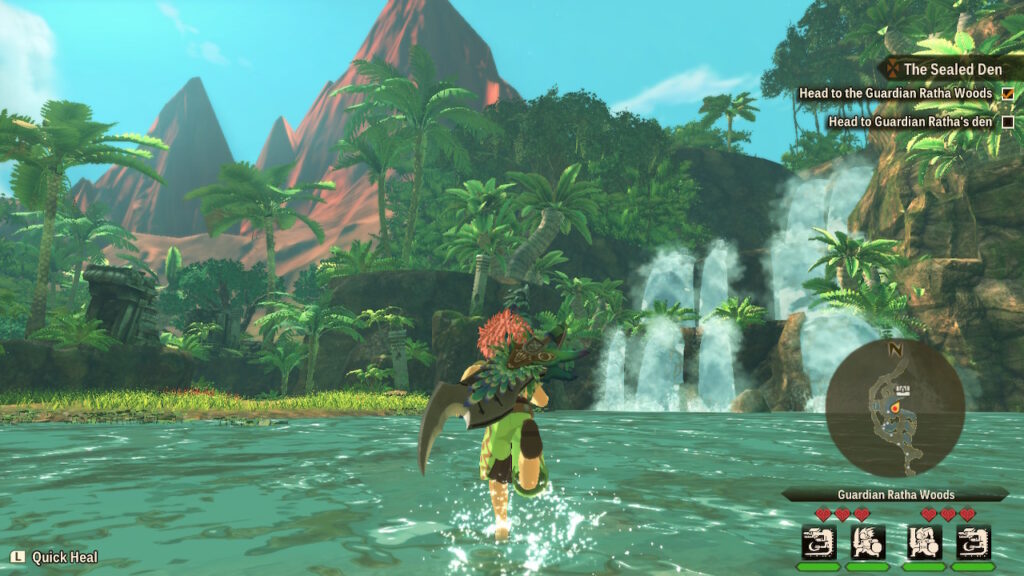
Ena, a Wyverian female, manages to save Ratha’s egg from hunters. She passes it on to Red’s only heir; the player-character. The only problem with this is Ratha’s spawn happens to be the Raze Wing; a terrible prophesized harbinger of the apocalypse.
As the story progresses, the player-character will eventually have to raise many different monsters. In Monster Hunter Stories 2, the player does not technically kill creatures; they tame and ride them. While this is a lore explanation, fundamentally and functionally; there really isn’t any difference between the hunters and riders. The only real distinction is that riders call monsters “monsties”, like a special needs child.
Every party member that joins the protagonist will have their own monstie that reflects their personality and their home village. The story unfolds in an episodic arc per village; not that different from how most anime have a several episode arc and then move on. It’s a very rigid structure, but the panache of the well directed cutscenes and appealing character designs keep it enthralling.
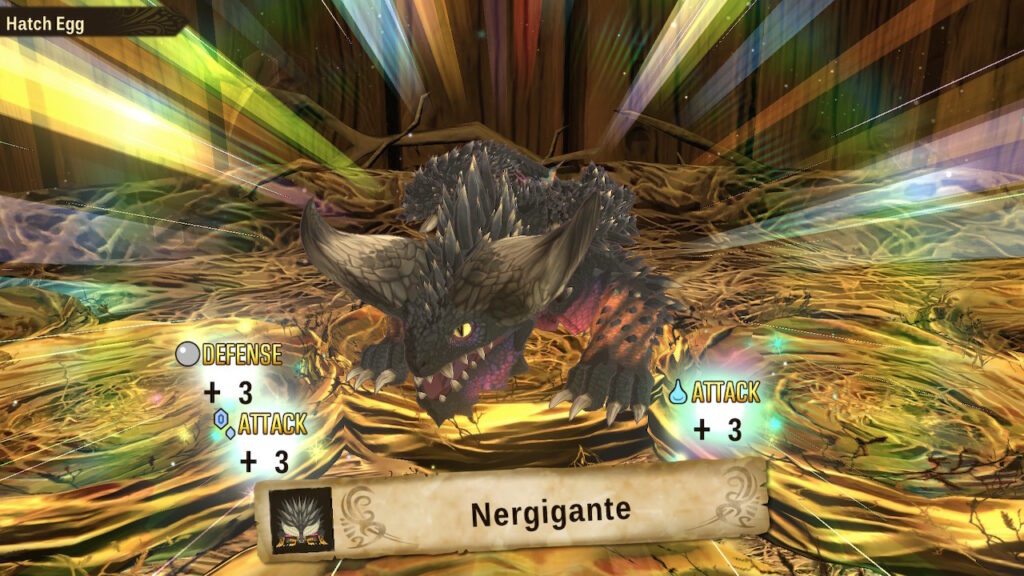
Since Wings of Ruin opts for a silent protagonist, they are not able to communicate effectively in scenes. To work around this, the writers brought back Navirou from the first Monster Hunter Stories. This character is an insufferable and obnoxious Felyne who always states the obvious, and often repeats information that was just said.
Navirou is violently unfunny, and is the 9/11 of the Monster Hunter franchise; a mournful void that only stirs up depression every time he speaks or shows his repugnant face. This is a character aimed for children, but comes off as a cynical inclusion by a soulless executive who wants to sell merchandise.
The story and scenes would have been more enjoyable if they awkwardly played out with the player character, and didn’t have this Meowth wannabe speaking for them.
What is especially frustrating is that Navirou seemingly breaks some of the rules of the Monster Hunter universe, and some of the things he can do creates plot holes. Either have a silent protagonist or have them speak; no need for a mascot to do the talking for them.
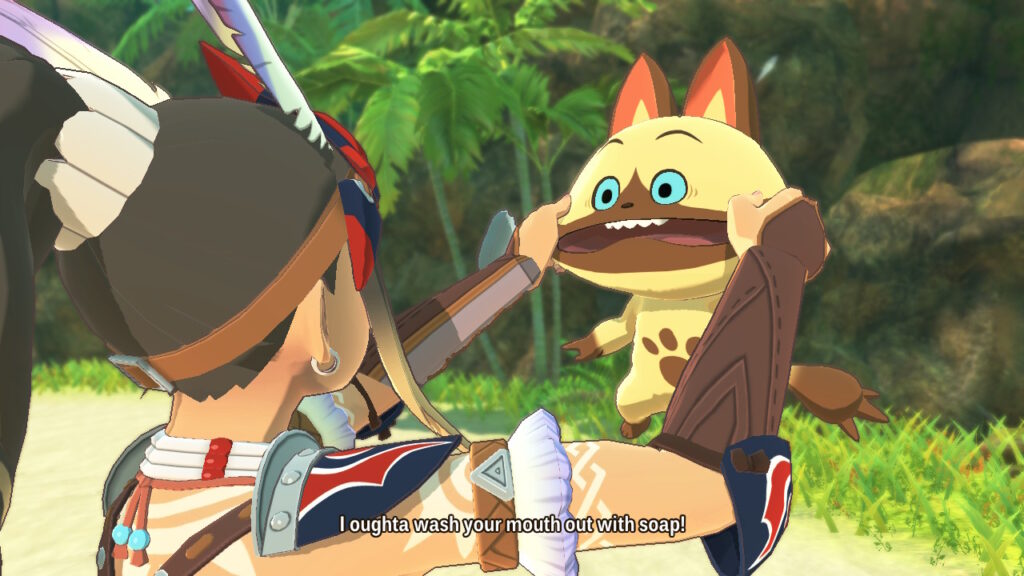
Monster Hunter Stories and this sequel have effectively supplanted Breath of Fire as Capcom’s de facto dragon-themed turn-based JRPG. Instead of transforming into a dragon-like entity, expect to ride around on many varieties of dragon-like animals. This is a franchise that has lived and died by making its monsters as varied and believable as possible, and Wings of Ruin is no different.
At its core, this is still a Pokemon-like with monster catching and raising. Wings of Ruin does make itself stand out by adding a lot of Monster Hunter charm and style to the mechanics and gameplay. Like the main series; Wings of Ruin will have players exploring several biomes that have a specific climate, and respective fauna that inhabit it.
Just because you assume the role of a “rider,” does not mean there is no hunting. Even though the game insists that there is no hunting; battling monsters with a devilishly addictive rock, paper, scissors style combat system does ultimately end with the hero savagely dismembering these creatures for their parts, and wearing their skin like a much cooler version of Buffalo Bill.
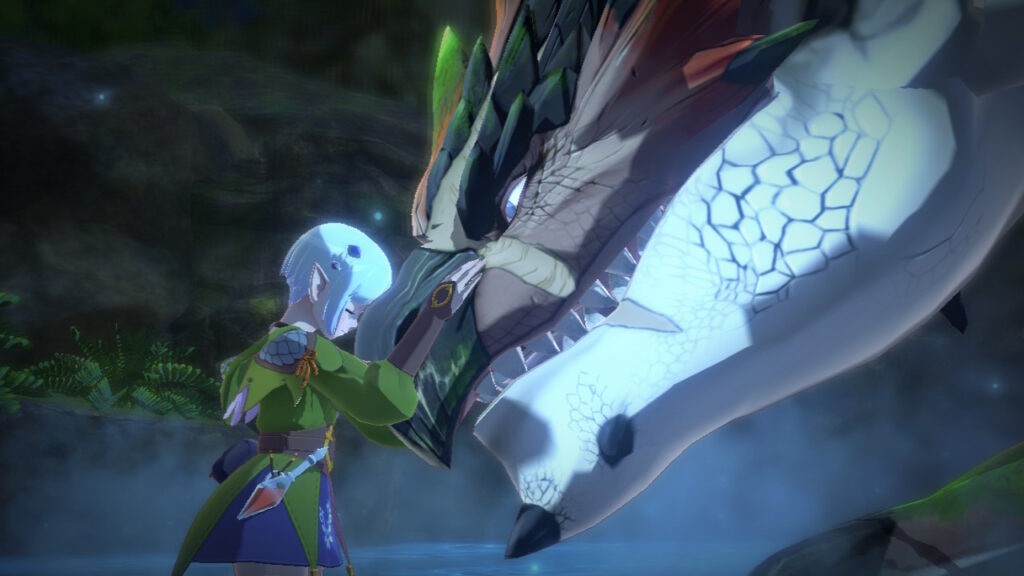
Amusingly, wearing armor made up of the parts of the same animal that is also your partner does not upset them. This is a blessing, since developing a bond and kinship with your monstie is a crucial aspect of battle. Battles play out with players controlling their character, and a lot of randomization involving their monstie’s AI and what attacks they’ll perform.
Like Pokemon, the various monsties have their types and elements. It’s on the player to manage which of them will join them on their journey, and when to switch them out. Since these creatures have a mind of their own, there is not always a guarantee to what they are going to do. With time and careful genetic engineering, players will get a general idea of what they might do.
Unfortunately, Wings of Ruin does not fully commit to the idea of these creatures being autonomous, and buried within the battle menus are options to directly command their attacks. While it’s very convenient to issue commands like any other RPG, it does undermine the point of the entire game’s ethos of the monsters being living things.
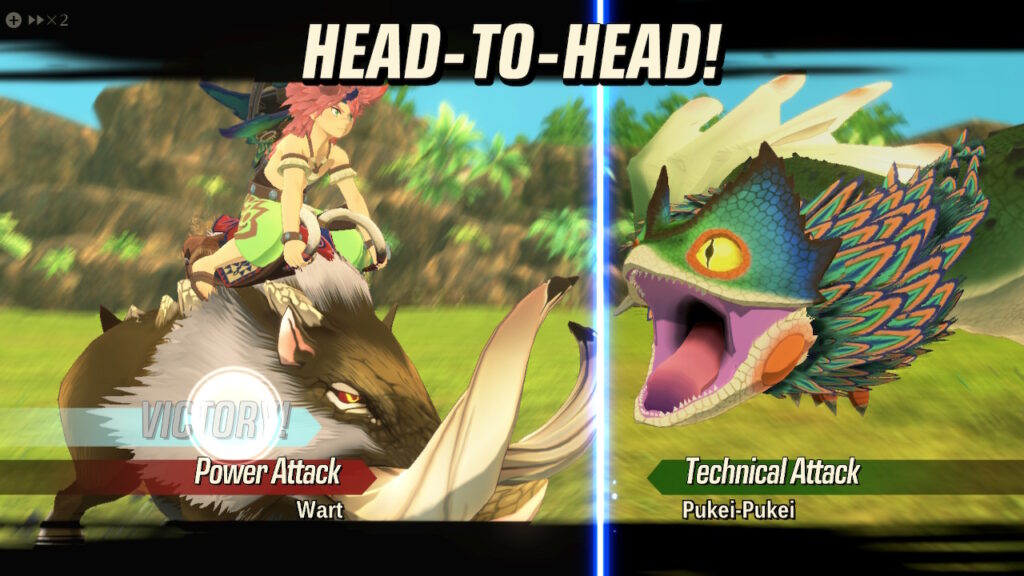
Eliminating guesswork and chances of team-attacks not always happening does make the experience much easier when making the discovery. The command list for monsties are usually hidden well, and it’s unclear if this was an oversight, or a moment of the developers being unsure if the randomization of battle would please everyone.
It’s never hard to guess correctly what the AI may do next. Before realizing commands can be directly input, figuring out how monsties will engage threats and getting a feel of their personality added flavor to the battles. Switching out a monstie for another is a free action, so there is rarely any consequences for experimenting.
The other module of combat is managing the player-created character, who can carry three different weapons types that correspond with the three weaknesses for all enemies.
There are six weapon types in total; with two of each following a similar rock, paper, scissors style hierarchy. This is also compounded with the basic three attack types that also analogous to rock, paper, scissors; power, technical and speed.
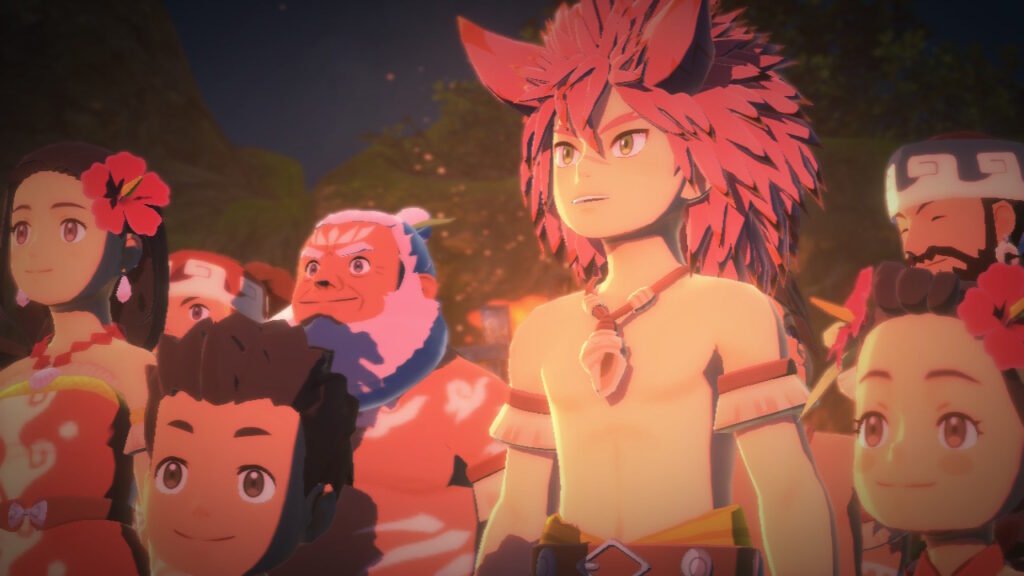
When everything comes together in Wings of Ruin, the battles become very fast paced and strategic. Recognizing patterns and deducing what may come next is a large part of overcoming incredible odds.
There is always just enough information to figure out the best actions, but never so much that it’s completely spelled out. The possibility of failure is always looming, and the satisfaction of a tricky gamble paying off is very exciting.
The risky gamble can be an option in many ways; risk staying mounted to wait for the partner to also go mounted in order to pull off a double-whammy duo mounted assault? Or go in it alone with a singular kinship special attack? Battles and especially boss battles can become very involving, where players may need to take a moment to consider what they can or should do.
Unlike standard Monster Hunter games, Stories has characters leveling up like standard role playing games. This alone won’t guarantee enough strength to overcome a Bloodbath Diablos, as upgrading equipment is still the most important means of progress. Like always, the armor and weapon designs in these games can be extremely cool, to the utterly outlandish and bizarre.
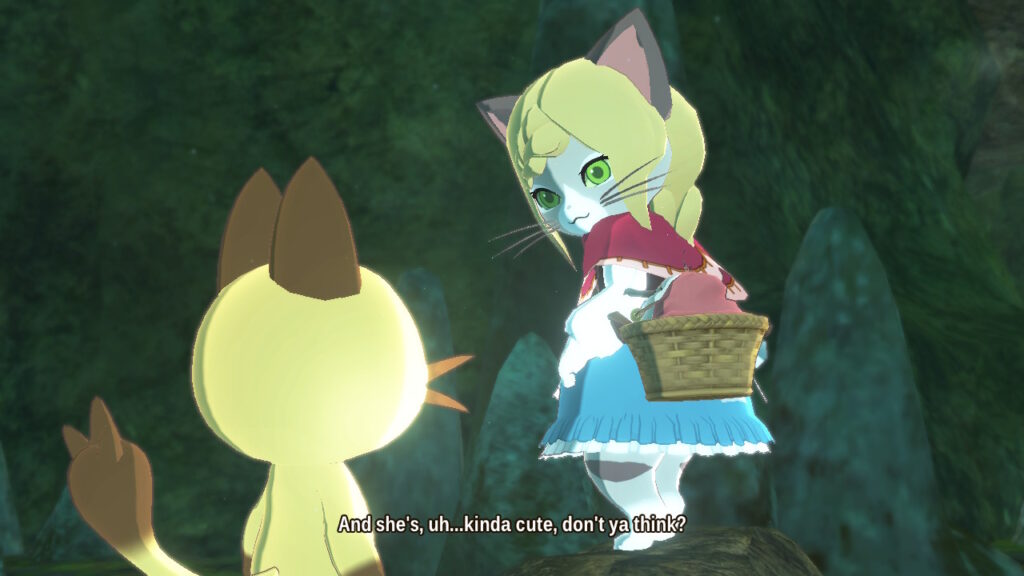
The art direction cleverly incorporates many of the monsters’ personalities and properties into the look of every weapon and armor. Some of the heaviest gear can make characters look almost like bulky mechas or insectoid like ninjas. There is a range of options that are sure to please long time Monster Hunter fans with how much is represented.
Graphics are generally very good. The prior game opted for a more typical anime look, and this latest entry is consistent with that direction, but with a lot more fidelity thanks to the jump from 3DS to Switch. Characters have round and smooth edges and are very expressive- even the blank slate client protagonist is able to emote during scenes.
The environments are especially pleasing with how color is used, and the varied geography keeps the landscape visually stimulating. What isn’t pleasing is the atrocious frame rate that plagues the entire experience- especially in town areas. There is never a moment when Wings of Ruin is ever stable. It never looks smooth due to how choppy scenes can get, and gets worse while roaming the various villages.
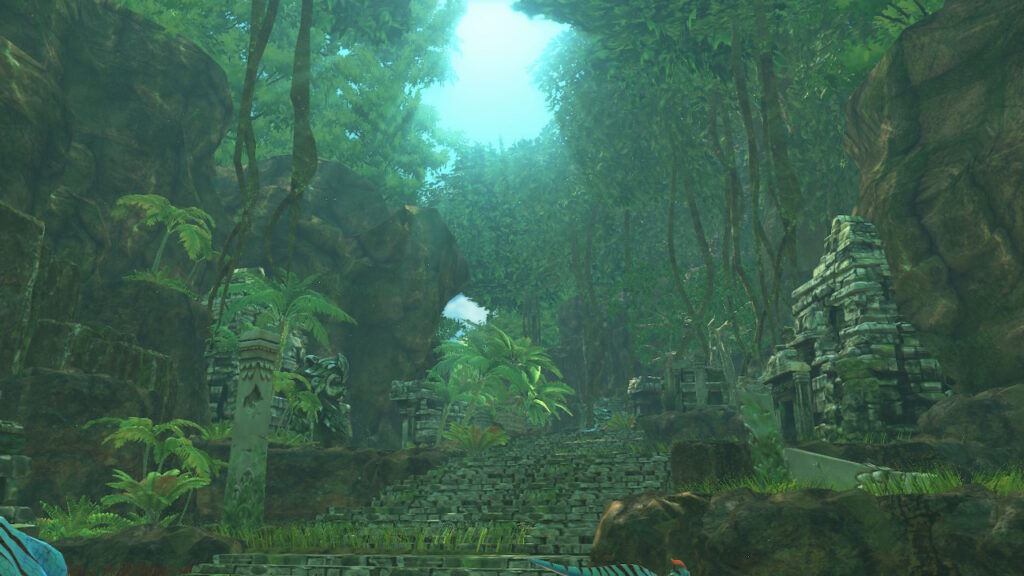
Thankfully, this is a turn-based RPG. Responsiveness is not much of a factor for gameplay like this, so a poor frame rate impacts the presentation more than the gameplay. What is unforgivable is the frustrating camera controls which are woefully laggy, unresponsive, and feel too twitchy- all at the same time.
There is no way to make a smooth glide with the 360 degree camera in this game. With even a slight nudge of the right stick, the POV slowly crawls and then quickly jumps to a snap turn. This is regardless how gentle the control stick is handled; be it strong or delicate.
The effect this has is nauseating and headache inducing. Wings of Ruin is a very long game, and for the camera to function this way is a crime. This is one of those flaws that should have been caught early on, and now everyone has to live with it.
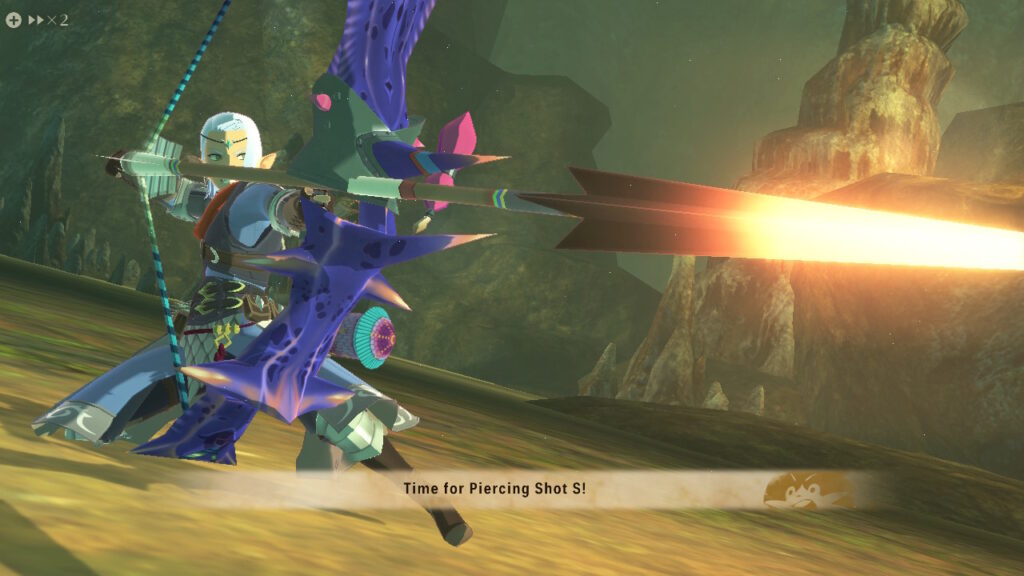
The second weakest aspect of Wings of Ruin is the level design for the various dungeons, and the lack of unique assets for the randomly assembled monster dens. Catching monsties involves exploring these generic caves or jungles and making your way to a nest.
The layout is always a winding maze with branching routes that lead to dead ends or treasure chests. Sometimes there are climbable walls for climbing type monsties, but usually this leads to components or treasure. Picking the heftiest and smallest egg doesn’t require much skill, since Navirou cuts out all the guess work and basically tells you if its good or not.
It often feels like going through the motions with these sub areas. They don’t have the care put into them as the larger main zones, and are an inclusion to make the game feel more like a standard RPG because they usually dungeon levels. The idea behind them being randomly generated is to make them feel unique, but the irony is that every single one of them feels the same.
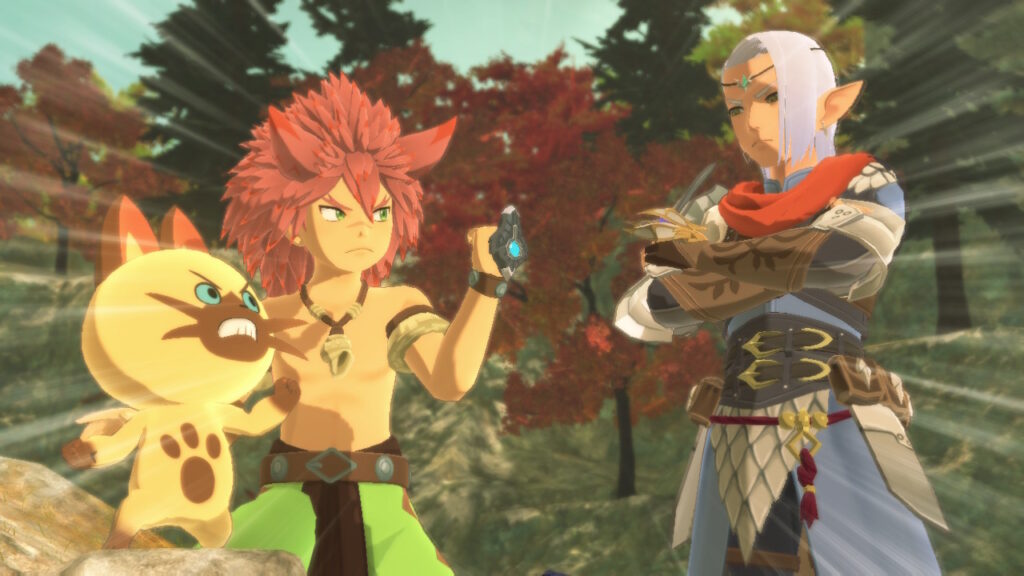
Like a real Monster Hunter, Wings of Ruin‘s best feature is the combat. The flexibility and options available allow players to craft incredibly powerful monsters thanks to the gene mechanic.
Even the most useless Aptonoth can be converted into something useful for a much more powerful companion. This feeds into the cycle of always needing monster eggs, and pushes the player towards always stalking and battling roaming monsters.
While the story is very standard JRPG fare, it’s elevated by the Monster Hunter flavor and excellent cutscenes. Voice acting is also a cut above for most of the cast, with the exception of Navirou who should be drowned in Judge Doom’s dip.
Monster Hunter Stories 2: Wings of Ruin has a deep combat system, and players who enjoy very complex character building mechanics will find that there is limitless potential for any monstie. It’s held back by technical limitations on Switch, but that shouldn’t be an issue for the PC version. The only problem you’ll have is fighting the urge to stuff Navirou in a refrigerator.
Monster Hunter Stories 2: Wings of Ruin was reviewed on Nintendo Switch using a review code provided by Capcom. You can find additional information about Niche Gamer’s review/ethics policy here.